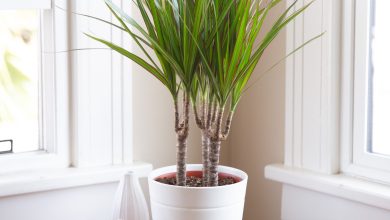Carob Tree Pests and Diseases: How to Identify and Treat Them
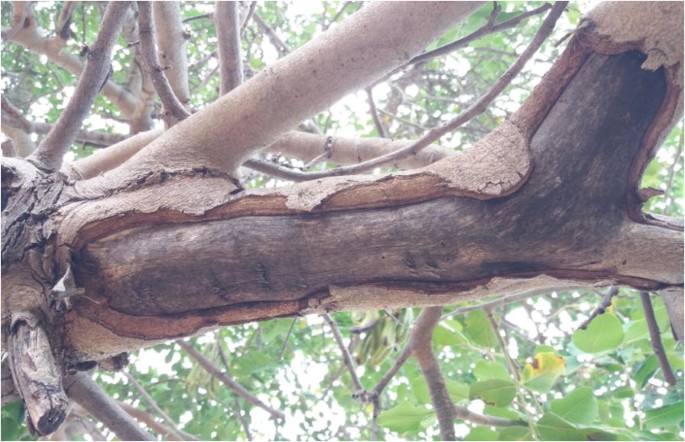
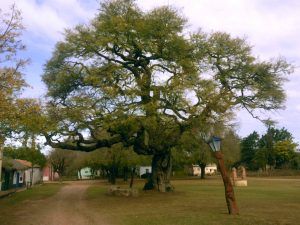 The carob tree is a tree with very good characteristics, but unfortunately it is not exempt from being attacked by pests or diseases.
The carob tree is a tree with very good characteristics, but unfortunately it is not exempt from being attacked by pests or diseases.
This causes you to pay close attention to the conditions of each specimen to assess if it is exhibiting any strange behavior.
In addition, you will have to complement it with a guide on the symptoms that can be generated and the treatments to be followed in each case.
Take note because our mission with this post is to let you know what the pests and diseases of the carob tree are and how to combat them. Shall we start?
powdery mildew
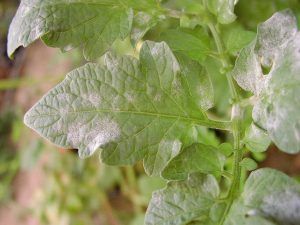 Unfortunately, it is known as the disease that causes the greatest damage to carob trees in their entire history.
Unfortunately, it is known as the disease that causes the greatest damage to carob trees in their entire history.
It is produced by a fungus known as powdery mildew ceratoniae which is capable of attacking most structures, including leaves and fruits.
The affections are usually more frequent in the green parts of the plant, especially in young trees.
The most obvious symptom is the presence of a gray moldy layer on the surface of the affected areas. In more serious attacks, the fungus is capable of affecting the fruits, which see their ripening potential interrupted, significantly delaying the harvest.
The treatment is usually carried out based on sulfur, since it has the ability to attack the work of mycelium.
red rot
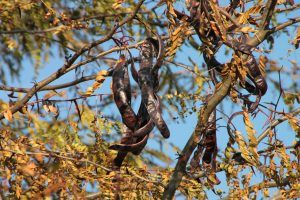 It is a disease caused by a fungus and whose focus is on the valuable wood of its trunk.
It is a disease caused by a fungus and whose focus is on the valuable wood of its trunk.
What the fungus does is break down the structure of the wood, turning it into small particles that resemble sawdust, only red (hence its name).
It is important to pay attention to the form of appearance of this fungus, since it is introduced into the wood due to the presence of wounds. This leads to greater caution when making cuts for pruning.
Of course, if the tree loses the vitality of the wood, it will be more vulnerable to falling for any reason, even a medium force wind. Care for this disease is complex if it is very advanced. In initial cases it is possible to deal with cuts of the affected parties.
These wounds must be covered with protectors to prevent the fungus from re-entering. The extracted remains must be burned.
anthracnose
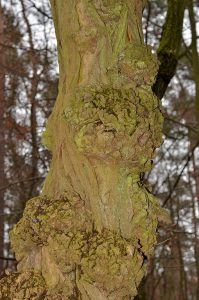 It is a disease that is usually more or less common in trees with strong trunks and the carob tree is not immune to it.
It is a disease that is usually more or less common in trees with strong trunks and the carob tree is not immune to it.
Its field of action is primarily on the leaves, which are covered with a series of black dots that are produced by the action of the mycelium.
As it progresses, anthracnose causes leaves to drop profusely, and this happens earlier than it should for deciduous trees.
If it touches the fruit, it can cause black pustules that affect the visual appearance and also damage the evolution, causing it to fall before ripening.
To treat affected trees, it is necessary to rely on fungicides specially designed for this purpose and, if the damage is minor, cut the damaged part and discard it.
moths
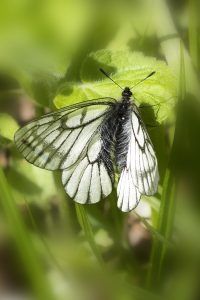 Speaking of pests, moths are among the most worrying because they cause damage in the phase after carob cultivation.
Speaking of pests, moths are among the most worrying because they cause damage in the phase after carob cultivation.
The process occurs when the butterflies leave their cocoons established on adult carob trees that are productive.Once in storage, the larvae hatch finding their current life space in the fruits.
They feed on the fruits, causing holes in them, filling them with droppings and the silks that the butterflies placed in the past.
This makes the quality of the fruits lose and affects their flavor. The normal thing is that the warehouses are fumigated before receiving the harvest, but a special disinfection process is usually applied when the pest is discovered in attack.
Woodlouse
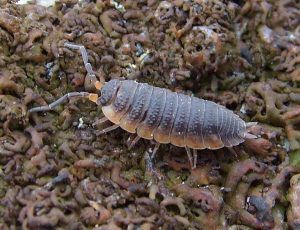 It is a pest that is capable of causing damage to all green parts of the plant.
It is a pest that is capable of causing damage to all green parts of the plant.
Their preferred place to stay is on the underside of the leaves, which they fill with limbs, either in the larval stage or in the adult stage.
The biggest problem is that they feed on the sap of the plant, thus weakening the structure and causing the leaves and fruits to fall prematurely.
The carob mealybug is capable of attacking more frequently in environments with a low level of environmental humidity. The good news is that there are several ways to deal with them.
For example, ladybugs are natural predators that can be brought in for support. Although they can cause some damage, it is not usually necessary to activate chemical attacks for control.
aphids
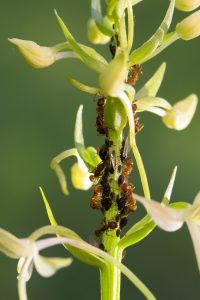 It is one of the most frequent pests in almost all types of crops and the carob tree is no exception. Although its action on the plant is not one of those that produces the greatest headaches, it can become a true torment in young trees.
It is one of the most frequent pests in almost all types of crops and the carob tree is no exception. Although its action on the plant is not one of those that produces the greatest headaches, it can become a true torment in young trees.
Aphids prefer tender shoots and non-lignified stems because their food is based on the rich sap that circulates within them.
It tends to be easily visible thanks to the fact that the species it attacks most frequently is dark in color, either black or brown.
In addition to all of the above, the aphid could act as a gateway for certain fungi by the way that they generate wounds on the structure of the trees and weaken them.
That is why you cannot trust yourself, if you see an attack of aphids on your carob tree, you must work to clean it of these bugs.Washing with potassium soap in areas where there is a concentration of aphids is a good action.
It is also possible to work it with infusions made from tobacco leaves or use a powdered lime treatment that is sprinkled on the tree. The attack of pests and diseases can become a reality when you least expect it. Hence, it is key to know who you are acting against.
With this guide you will have available the most frequent problems that are generated in this matter so that you can consult them when you need them.
Bibliographic references
- The carob tree, JT Martí, IB Caravaca – 1990 – library.org.ar
- Carob Tree Cultivation, J Malagón – 2020 – redivia.gva.es
- White carob, “the tree ” and ecosystem services, AT Gomez, N Salim, CE Gomez – 2020 – repository.inta.gob.ar
- Insects of the carob tree (Prosopis spp.) in Peru: north coast (Piura) and central coast (Ica), E Núñez – Revista Peruana de Entolomogía, 1993 – revperuentomol.com.pe
- Algarrobo Moth Spectrobates ceratoniae (Zeller)(Lep., Pyralidae), a barrier to the control of carpocapsa in walnut trees by means of sexual confusion, RH Gonzalez, DE Cepeda – Revista Frutícola, 1999 – sidalc.net
Maybe you are also interested in:

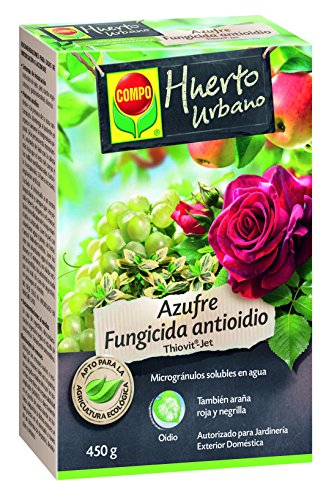

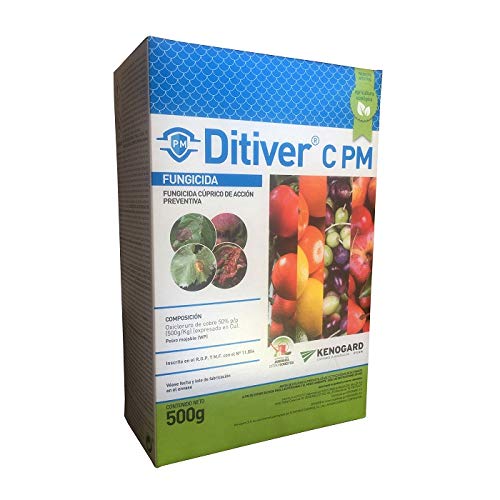

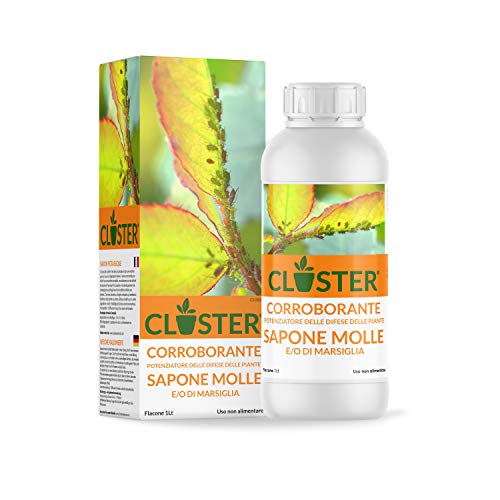
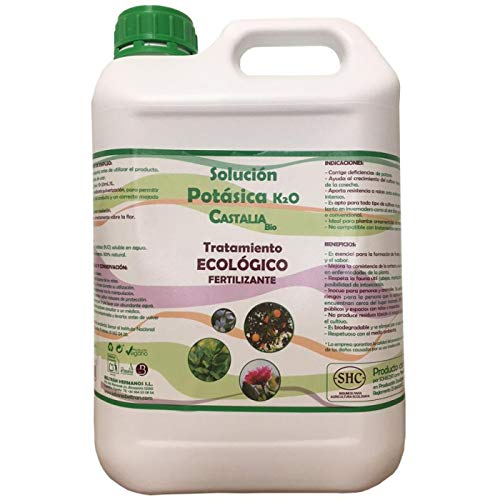


![Photo of Plant Geraniums: Complete Step-by-Step Guide for your Garden [+Images]](https://www.complete-gardening.com/wp-content/uploads/2022/08/plant-geraniums-complete-step-by-step-guide-for-your-garden-images-390x220.jpg)
